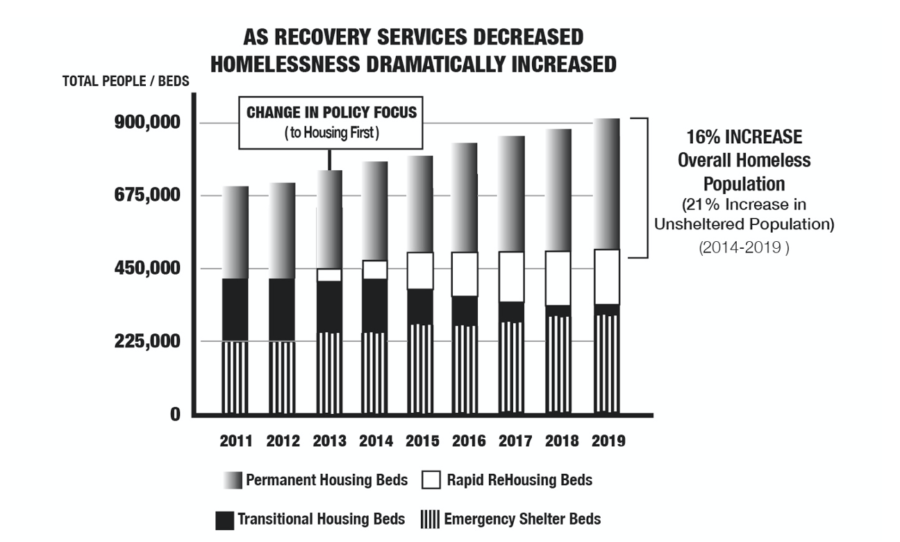The city of Austin recently announced a new homelessness “czar,” a position that had been open for more than one year—the first “czar” lasted only a month.
As a first course of action, we hope she will advocate for the reversal of a recent decision by ECHO (Ending Community Homelessness Coalition) to skip a full annual count of the homeless for a mere estimate. Without a full count, Austin cannot accurately gauge the scope of the problem it’s now facing.
Two years ago, Austin’s count exposed a 30% increase in the number of unsheltered homeless over the two years ending in 2019, with another 45% increase last year alone.
Given the explosive growth of people living on the street and the economic and societal impacts it has on Austin neighborhoods, and given the amount of money spent by the city, county and the feds to specifically address the unsheltered in Austin, ECHO’s decision is troubling. Sure, a full count poses certain risks, but those can be minimized by adherence to federal and Travis County guidelines. There are greater risks in not conducting a full count.
Homelessness is an epidemic. Like COVID-19, it can be deadly. In 2020, 256 homeless Austinites died—a 38% increase over 2019. In San Francisco, a city that Austin appears to be mimicking in its approach to homelessness, the “street homeless” are dying from drug overdoses at four times the rate as from COVID-19.
How many more Austinites need to perish before policymakers realize their policies aren’t working—and are actively causing harm?
The new czar’s next order of business should be a major policy overhaul. The data shows that Austin’s “one-size-fits-all” approach to homelessness—Housing First—has clearly failed those struggling with homelessness as well as the community at large. Still, Austin officials continue to stand unflinchingly behind this approach, investing an additional $17 million in the City’s 2019-2020 homelessness budget—a 37% spending increase.
It’s also failed in California where it has been employed since 2016—California has since experienced a 16.4% increase in homelessness—and at the federal level where it’s been mandated since 2013.
Newly released data (see chart below) mirrors Austin’s tragic results with Housing First.
Homelessness increased by at least 16% nationwide, in spite of a 200% increase in funding, and an economy that was booming prior to the COVID-19 pandemic.

Not only has Austin’s unsheltered population risen significantly under Housing First, the overall homeless population exploded by 28% from 2013-2018. How much more failure can our community tolerate?
For many, the path to homelessness began with unaddressed childhood trauma and adversity. By the time a homeless child is 8 years old, one in three has a major mental disorder. Homeless children also have twice the rate of learning disabilities and three times the rate of emotional and behavioral problems. They are also twice as likely to go hungry and experience illness as other children. All of these factors contribute to learning difficulties, making them twice as likely to repeat a grade compared to non-homeless children. Without appropriate and early interventions, upon which homelessness policy should insist, it is no wonder that data increasingly shows that homeless children often become homeless adults.
This leads to our third recommendation. The newly-issued report by the United States Interagency Council on Homeless called, “Expanding the Toolbox” is a must-read for the new czar and for her colleagues. After reviewing the irrefutable data, USICH now grasps the importance of addressing the underlying issues that led a person to homelessness in conjunction with housing assistance. They also stress the need for “population-focused programming,” versus one-size-fits-all approaches.
Personnel is policy. With the new czar at the helm, Austinites need her to be up to the task ahead.